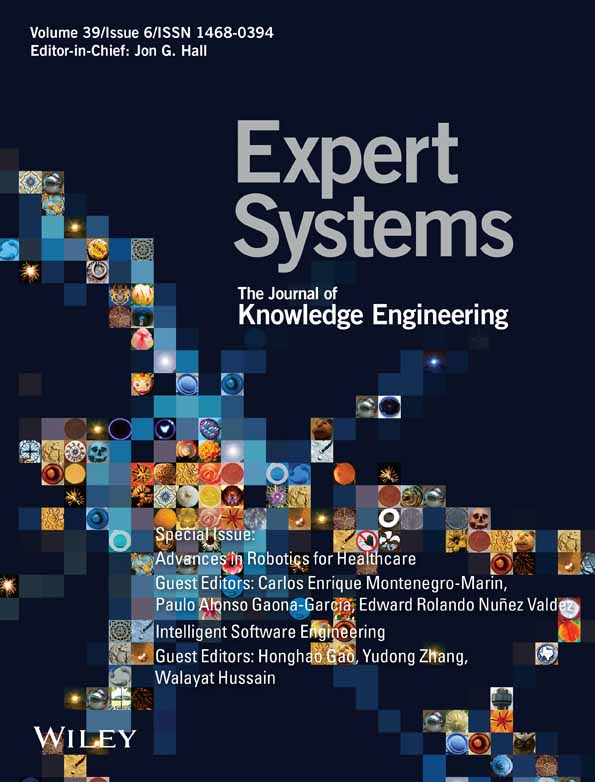Detection of neurodegenerative disease in brain using region splitting based segmentation with deep unsupervised neural networks
Abstract
Unsupervised segmentation is a significant pre-processing task in various computer visualization processes. However, recently used unsupervised segmentation methods are very sensitive to few of the parameters like number of segmentation or numerous training and more inference complication. Neurodegenerative disorders namely Parkinson's and Alzheimer's, add up to main aspects to longer disability and has grown to be a more serious concept in the developed nations. At present, there does not exist efficient therapies. Earlier diagnosis along with avoiding misdiagnosis significantly assists in ensuring a good quality for patient's life. Hence, adopting computer-aided-diagnosis tools provides clinical assistance. This paper focus on detecting neurodegenerative disease from CT brain images by segmentation through region splitting based segmentation with deep unsupervised neural networks (RSS-DUNN).Auto encoder deep neural network is constructed with reconstruction process of input image, which further improves the accuracy. The performance of the proposed model is evaluated by comparing it with two standard methods in terms of accuracy, precision, recall, Jaccard similarity index (JSI) and dice similarity coefficient (DSC). As a result, it achieves 70.4% of accuracy, 70.8% of precision, 75.8% of recall, 73.6% of JSI and 81% of DSC.
CONFLICT OF INTEREST
The authors declare that they have no conflict of interest.
Open Research
DATA AVAILABILITY STATEMENT
Data sharing is not applicable to this article as no new data were created or analyzed in this study.




